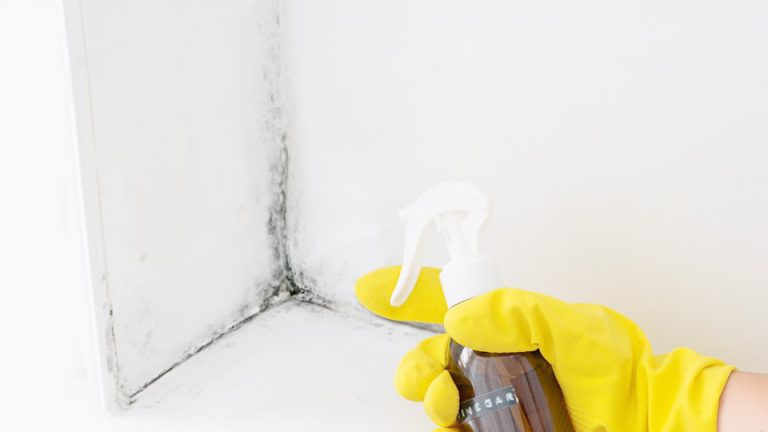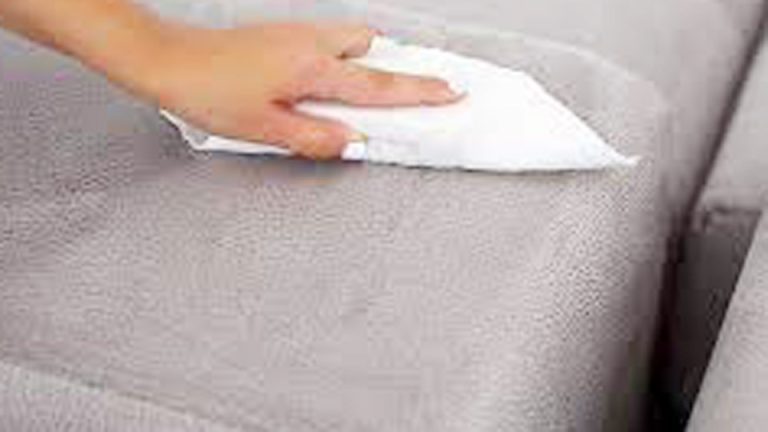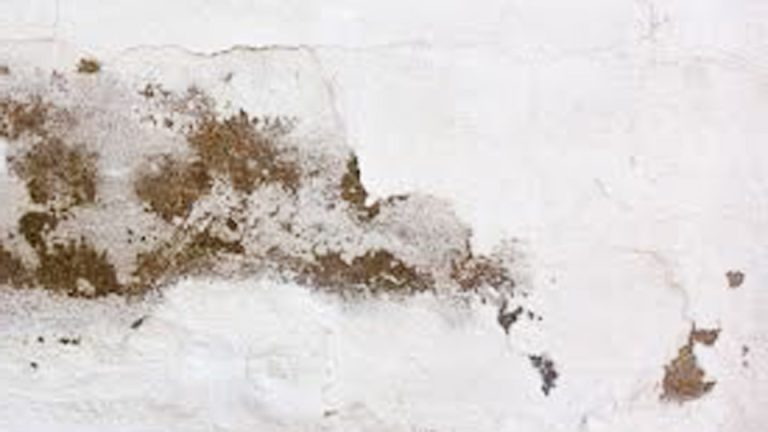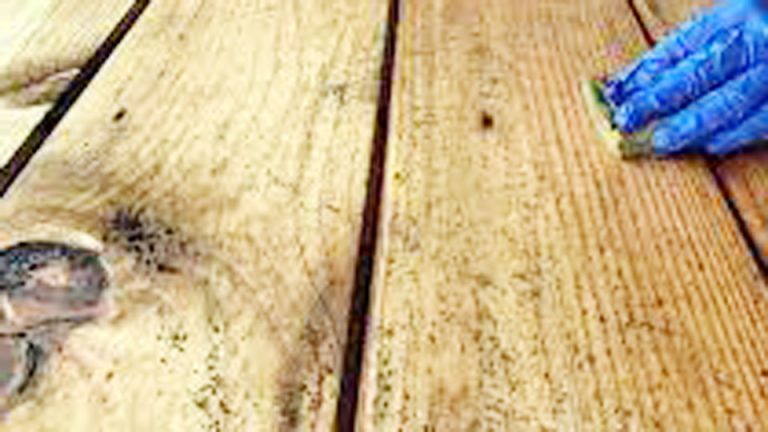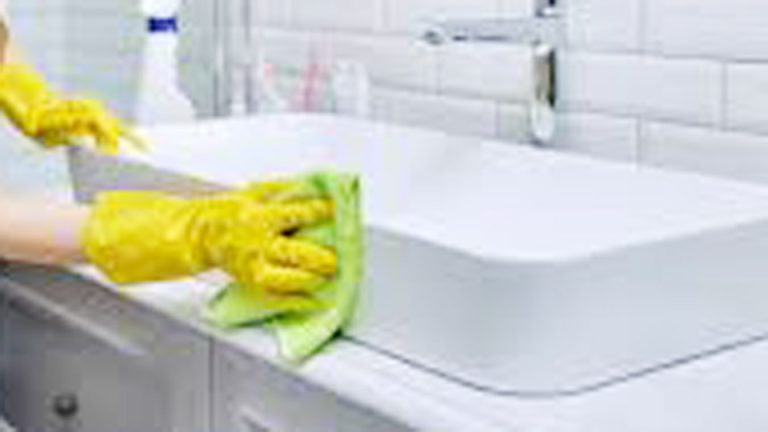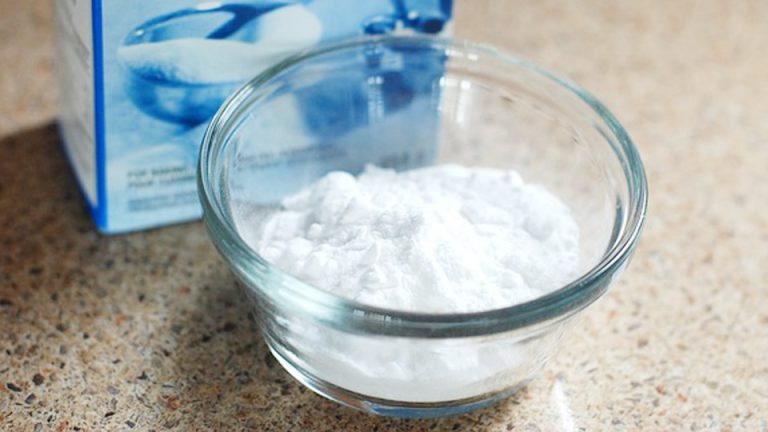As a home cleaning enthusiast who’s spent years perfecting ways to keep my house spotless, I’m always experimenting with natural ingredients to tackle tough messes. One question I get asked often is, can you mix hydrogen peroxide with vinegar and baking soda? It’s a topic close to my heart because I rely on these pantry staples to clean everything from my kitchen counters to my bathroom tiles.
I once tried combining them to remove a stubborn coffee stain on my carpet, only to learn that mixing them requires caution to avoid unwanted reactions. I’ll share my personal experiences, safe cleaning methods, and practical tips to help you use these ingredients effectively, whether you’re a busy mom or a working professional.
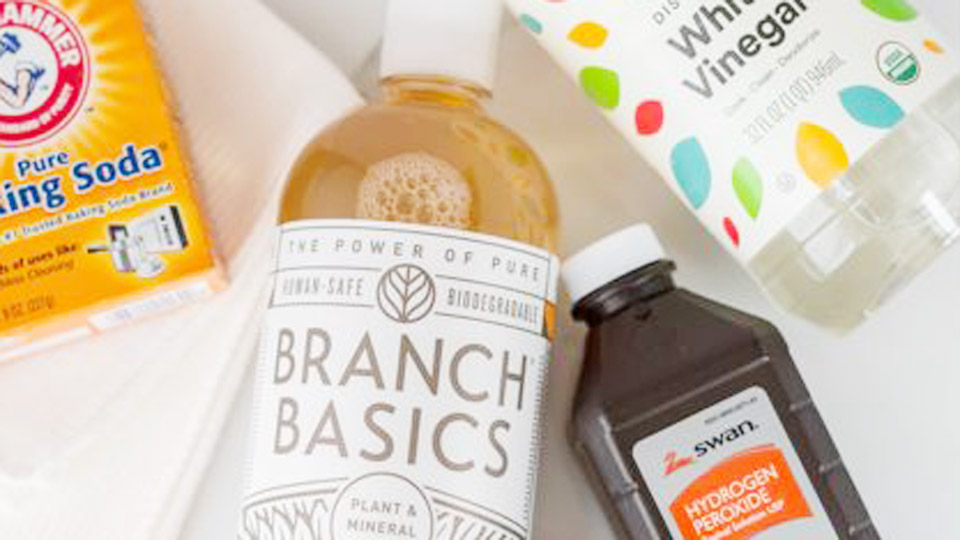
Image by branchbasics
Why These Ingredients Are Cleaning Powerhouses
I fell in love with hydrogen peroxide, vinegar, and baking soda because they’re affordable, eco-friendly, and incredibly versatile. Hydrogen peroxide is a mild disinfectant that tackles stains and germs. Vinegar cuts through grease and deodorizes, while baking soda absorbs odors and acts as a gentle abrasive.
They’re like my cleaning dream team. But I learned the hard way that combining them isn’t always straightforward. Mixing them incorrectly can create harmful gases or reduce their cleaning power. Let’s explore whether you can mix these ingredients and how to use them safely for a sparkling home.
Understanding the Chemistry
Before we dive into cleaning, let’s talk about what happens when you mix hydrogen peroxide, vinegar, and baking soda. I’m no chemist, but I’ve learned enough from my cleaning experiments to know the basics.
Hydrogen peroxide (usually 3% for household use) is a mild bleach and disinfectant. Vinegar is acidic, and baking soda is a base. When vinegar and baking soda mix, they fizz, creating carbon dioxide and water—a great combo for lifting stains.
But hydrogen peroxide and vinegar, when combined, can form peracetic acid, which is corrosive and potentially harmful in high concentrations or if inhaled. Mixing all three at once can be unpredictable, so I avoid it.
I use them separately or in controlled pairs, like vinegar and baking soda or hydrogen peroxide alone. This keeps my cleaning safe and effective, just like choosing the right tool for a specific mess.
My Experience Mixing These Ingredients
I first wondered about mixing hydrogen peroxide with vinegar and baking soda when I was desperate to clean a mildew-stained shower curtain. I thought combining all three would create a super-cleaner, but I noticed a strange smell and fizzing that made me pause. After some trial and error, I learned that using them separately or in specific combinations works best.
For example, I use vinegar and baking soda for stains and odors, and hydrogen peroxide for disinfecting or whitening. Here’s how I safely use these ingredients and why I avoid mixing them all together.
Safe Cleaning Methods with Hydrogen Peroxide, Vinegar, and Baking Soda
To keep things safe, I’ve developed methods that use these ingredients individually or in pairs, depending on the cleaning task. Below are my go-to techniques for tackling common household messes.
Method 1: Vinegar and Baking Soda Paste for Stains
This is my favorite for removing stains on carpets, upholstery, or grout. I used it to save my living room carpet from a red wine spill during a family party.
Ingredients
- 2 tablespoons baking soda
- 1 tablespoon white vinegar
- 1-2 teaspoons water (to form a paste)
Instructions
In a small bowl, I mix the baking soda and vinegar with a splash of water to create a thick paste. The fizzing action helps lift stains. I apply the paste to the stain with a microfiber cloth or soft brush, let it sit for 5-10 minutes, then gently scrub in circular motions. I blot with a damp cloth to remove the paste, rinse with clean water, and dry with a towel. For my carpet, this method erased the wine stain completely.
Why It Works
The fizzing reaction loosens dirt, and baking soda’s abrasiveness lifts stains without damaging surfaces. I avoid adding hydrogen peroxide here, as it could react unpredictably with the vinegar.
Method 2: Hydrogen Peroxide for Disinfecting and Whitening
I use hydrogen peroxide alone for disinfecting surfaces or whitening laundry. It saved my white towels from looking dingy after months of use.
Ingredients
- ½ cup 3% hydrogen peroxide
- Spray bottle
- Microfiber cloth
Instructions
I pour hydrogen peroxide into a spray bottle and spritz it lightly on surfaces like bathroom tiles or cutting boards. I let it sit for 1-2 minutes to kill germs, then wipe with a microfiber cloth. For laundry, I add ½ cup to the wash cycle for white items.
I once revived a stained dish towel this way, and it looked brand new. I never mix hydrogen peroxide with vinegar or baking soda, as it can create harmful gases or weaken the cleaning power.
Why It Works
Hydrogen peroxide is a natural disinfectant and whitener, perfect for surfaces and fabrics. Using it alone ensures safety and effectiveness.
Method 3: Baking Soda for Odor Removal
For smelly areas like trash cans or pet beds, I use baking soda alone. It worked wonders on Max’s dog bed after he came home from a muddy walk.
Ingredients
- ½ cup baking soda
- Vacuum cleaner or soft brush
Instructions
I sprinkle baking soda generously over the smelly area, like a rug or pet bed, and let it sit for 15-30 minutes to absorb odors. I vacuum it up or brush it off with a soft brush. For my trash can, I sprinkle baking soda in the bottom and replace it monthly. This keeps odors at bay without needing vinegar or hydrogen peroxide.
Why It Works
Baking soda neutralizes and absorbs odors, making it ideal for freshening up spaces. I keep it separate from other cleaners to avoid reactions.
Method 4: Vinegar for Grease and Grime
For greasy kitchen surfaces or glass, I use vinegar alone. It tackled a sticky stovetop mess after a frying session.
Ingredients
- 1 cup white vinegar
- 1 cup warm water
- Spray bottle
- Microfiber cloth
Instructions
I mix equal parts vinegar and water in a spray bottle, spritz it on greasy surfaces like my stove or microwave, and let it sit for 2-3 minutes. I wipe with a microfiber cloth for a streak-free finish. For glass, I use this solution to remove smudges. I avoid combining it with hydrogen peroxide to prevent forming peracetic acid.
Why It Works
Vinegar’s acidity cuts through grease and leaves surfaces sparkling. It’s safe and effective when used alone or with water.
Why I Don’t Mix All Three Together
I avoid mixing hydrogen peroxide, vinegar, and baking soda because it can create unpredictable reactions. Combining vinegar and hydrogen peroxide forms peracetic acid, which is corrosive and can irritate skin or lungs if inhaled. Adding baking soda to the mix causes excessive fizzing, releasing gases and reducing cleaning power.
I learned this when I tried mixing all three for a bathroom tile stain, and the fizzing mess was hard to control. I use them separately or in pairs (like vinegar and baking soda) to keep things safe and effective, just like I choose the right cleaning tool for each surface in my home.
Comparing Cleaning Methods with These Ingredients
I’ve tried various ways to use hydrogen peroxide, vinegar, and baking soda, and each has its strengths. Here’s a table comparing my favorite methods:
| Method | Ingredients | Pros | Cons | Best For |
|---|---|---|---|---|
| Vinegar & Baking Soda Paste | Baking soda, vinegar, water | Lifts stains, deodorizes, budget-friendly | Needs rinsing, not for delicate surfaces | Carpets, upholstery, grout |
| Hydrogen Peroxide Spray | Hydrogen peroxide, spray bottle | Disinfects, whitens, safe for most surfaces | Can bleach fabrics, avoid mixing with vinegar | Bathroom tiles, cutting boards |
| Baking Soda Odor Absorber | Baking soda | Neutralizes odors, easy to use | Requires vacuuming, not for wet messes | Rugs, pet beds, trash cans |
| Vinegar Grease Cleaner | Vinegar, water, spray bottle | Cuts grease, streak-free, eco-friendly | Strong smell during use, avoid mixing with hydrogen peroxide | Kitchen surfaces, glass |
The paste is my go-to for stains, while hydrogen peroxide shines for disinfecting, and vinegar handles grease like a champ.
Surface-Specific Cleaning Tips
Different surfaces need tailored care. Here’s how I use these ingredients around my home:
Kitchen
For greasy stovetops, I use the vinegar solution to cut through splatters. For odors in the fridge, I sprinkle baking soda in a bowl and replace it monthly. I disinfect cutting boards with hydrogen peroxide.
Bathroom
I spray hydrogen peroxide on tiles and shower curtains to kill mildew, then wipe clean. For grout stains, I use the baking soda and vinegar paste, scrubbing gently to avoid damage.
Living Room
My carpet gets the baking soda and vinegar paste for pet accidents or spills. I sprinkle baking soda on rugs to freshen them up, vacuuming afterward.
Laundry
I add hydrogen peroxide to white laundry loads to brighten towels. For odor removal, I sprinkle baking soda in my laundry basket before washing.
Preventing Cleaning Mishaps
Keeping your home clean with these ingredients is easier with some preventative habits. Here’s what I do:
Test on a Small Area
I always test cleaners on a hidden spot, like under furniture, to avoid damage. This saved my wool rug when I realized too much vinegar could harm it.
Use Sparingly
I use hydrogen peroxide and vinegar in small amounts to avoid irritation or damage. Overusing them is like over-scrubbing a delicate surface—it does more harm than good.
Ventilate Your Space
I open windows when using vinegar or hydrogen peroxide to avoid strong smells, like I ventilate when cleaning with strong solutions.
Store Separately
I store hydrogen peroxide, vinegar, and baking soda in separate containers to prevent accidental mixing. My cleaning caddy keeps everything organized.
Extra Cleaning Hacks I Love
Here are some tricks I’ve picked up to make cleaning with these ingredients easier:
Baking Soda in Trash Cans: I sprinkle baking soda in my trash cans to absorb odors, changing it monthly for a fresh kitchen.
Vinegar Spray for Quick Fixes: I keep a vinegar-water spray bottle for quick wipe-downs of counters or glass, like a cleaning emergency kit.
Hydrogen Peroxide for Stains: I dab hydrogen peroxide on white fabrics for spot-cleaning stains before washing, saving my favorite shirt from a ketchup mishap.
You’re Ready to Clean Safely and Effectively!
Figuring out can you mix hydrogen peroxide with vinegar and baking soda? has been a game-changer for my cleaning routine, and I’m thrilled to share this with you. By using these ingredients separately or in safe pairs, like vinegar and baking soda, I’ve tackled every mess from stains to odors while keeping my home safe.
With my step-by-step methods and tips, you can clean with confidence, even during the busiest weeks. Your home deserves to sparkle, and you’ve got the know-how to make it happen. Grab that baking soda, vinegar, or hydrogen peroxide, and let’s get cleaning!
Frequently Asked Questions
Can I mix hydrogen peroxide, vinegar, and baking soda for cleaning?
I avoid mixing all three because it can create harmful gases like peracetic acid. I use vinegar and baking soda for stains or hydrogen peroxide alone for disinfecting to stay safe.
Is it safe to use hydrogen peroxide and vinegar separately?
Yes, I use them separately with great results. I spray vinegar for grease, then wipe, and use hydrogen peroxide later for disinfecting, never mixing them directly.
How often should I use these cleaners in my home?
I use the baking soda and vinegar paste for stains as needed, hydrogen peroxide for disinfecting weekly, and vinegar for daily wipe-downs. It keeps my home fresh.
Will these cleaners damage delicate surfaces?
They’re safe for most surfaces if used correctly, but I test on a small area first, especially on delicate fabrics or rugs, to avoid damage.
Are these cleaners safe for homes with pets or kids?
Yes, my methods are non-toxic when used properly. I ensure surfaces are rinsed and dried to avoid residue that pets or kids might touch.

